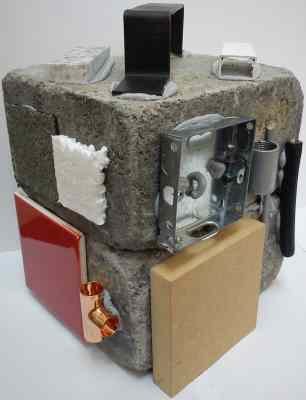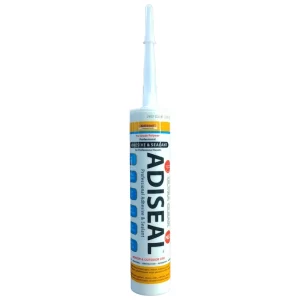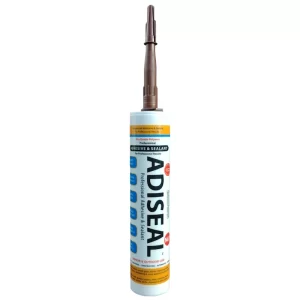Glue for Cement
Glue for Cement: Choosing the Right Adhesive for Strong Bonds
When it comes to working with cement, having a reliable and effective glue for cement is essential. This article explores the importance of selecting the appropriate adhesive for cement bonding, providing insights into its applications and offering tips for successful cement projects.

Understanding Glue for Cement
1. Types of Cement Adhesives:
– Cementitious Adhesive: These adhesives contain cement as a primary ingredient, providing excellent bonding strength with cement surfaces.
– Polymer-based Adhesive: These adhesives are formulated with polymers to enhance flexibility, adhesion, and water resistance.
2. Factors to Consider:
– Bonding Strength: Choose a glue that offers a strong bond specifically designed for cement surfaces.
– Water Resistance: Ensure the adhesive is waterproof and can withstand exposure to moisture and humidity.
– Flexibility: Choose an adhesive that can accommodate the natural movement and expansion of cement.
Applications of Glue for Cement
1. Repairing Cracked Cement:
– Glue for cement is ideal for repairing cracked cement surfaces, ensuring structural integrity and preventing further damage.
– It effectively fills and seals cracks, restoring the appearance and functionality of the cement structure.
2. Tile and Stone Installation:
– Adhesives designed for cement are commonly used in tile and stone installation projects.
– They provide a strong bond between the cement substrate and the tiles or stones, ensuring durability and longevity.
3. DIY Cement Projects:
– Whether it’s creating cement sculptures, garden ornaments, or small structures, using the right adhesive is essential for DIY cement projects.
– A suitable glue ensures that the cement components securely adhere, resulting in a stable and professional finish.
Tips for Successful Cement Bonding
1. Surface Preparation:
– Ensure the cement surface is clean, free from dust, oil, and loose particles.
– Roughen the surface slightly to improve the bond by using sandpaper or a wire brush.
2. Adhesive Application:
– Follow the manufacturer’s instructions for adhesive application techniques, tools, and curing times.
– Apply the adhesive evenly on the cement surface, ensuring complete coverage.
3. Curing and Drying Time:
– Allow sufficient time for the adhesive to cure and dry before subjecting the cement to stress or load.
– Follow the recommended curing time provided by the adhesive manufacturer for optimal results.
Conclusion
Selecting the right glue for cement is essential for achieving strong and reliable bonds in cement projects. Consider the type of adhesive, bonding strength, water resistance, and flexibility to ensure it meets the requirements of your specific application. By following proper surface preparation and adhesive application techniques, users can achieve durable and long-lasting results. Choose a reliable glue for cement and embark on your next cement project with confidence and success.
Showing all 6 results





